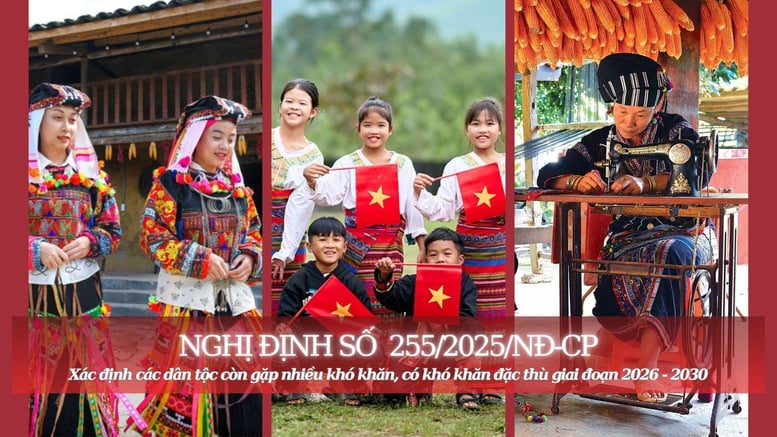
Policies are only effective when built on the foundation of accurate identification, and investments are only "right" when they come from a correct understanding of the difficulties of each ethnic group and each region.
Raising the "ceiling" to leave no one behind
On September 29, 2025, the Government issued Decree No. 255/2025/ND-CP on criteria for identifying ethnic groups facing many difficulties and those with specific difficulties in the 2026-2030 period. For ethnic groups with specific difficulties, the multidimensional poverty rate is one of the bases for identification.
In the 2021-2025 period, the poverty rate is also a "hard" criterion to identify ethnic groups with specific difficulties according to Decision No. 39/2020/QD-TTg dated December 31, 2020 (later, the list was approved in Decision No. 1227/QD-TTg). However, there is a big difference in quantifying the poverty rate between the two periods.
Decree No. 255/2025/ND-CP stipulates that ethnic groups with a poverty rate higher than the average of 53 ethnic groups are identified as ethnic groups with specific difficulties. In the period of 2021-2025, the poverty rate is "rigidly" defined as being 1.5 times higher than the average of 53 ethnic groups (at the time of issuance of Decision No. 39/2020/QD-TTg, the corresponding poverty rate was over 33.45%).
Thus, the poverty rate to identify ethnic groups with specific difficulties in the 2026-2030 period has been raised to the "ceiling level", aiming to build and implement a more comprehensive and universal policy. With the average poverty rate of 53 ethnic groups in 2024 being 12.5% (announced by the Central Steering Committee for National Target Programs on March 31, 2025), there will be many ethnic groups that meet this criterion.
The summary report on the implementation of Decision No. 39/2020/QD-TTg of the Ministry of Ethnic Minorities and Religions shows that, by the end of November 2024, 14/14 ethnic groups with specific difficulties in the 2021-2025 period met the criteria for poverty rate to continue to be included in the list for the next period. In addition, 12/32 ethnic groups with many difficulties also met this condition.

Mr. Phi Manh Thang, Director of the Legal Department (Ministry of Ethnic Minorities and Religions) - Photo: VGP/Son Hao
However, in addition to the poverty rate, population is also a criterion to "screen" the specific difficulties of each ethnic group. According to Mr. Phi Manh Thang, Director of the Legal Department (Ministry of Ethnic Minorities and Religions), following Decision No. 39/2020/QD-TTg, Decree No. 255/2025/NQ-CP stipulates that ethnic groups with specific difficulties are those with a population of less than 10,000 people.
According to the results of the socio -economic information survey of 53 ethnic minorities in 2024 (announced by the Ministry of Ethnic Minorities and Religions in July 2025), in the period of 2026-2030, 13/14 ethnic groups meet this criterion; the La Ha ethnic group does not meet this criterion because the population has increased to 10,841 people. Although the La Hu ethnic group still faces many difficulties, it currently has 10,314 people.
According to Mr. Phi Manh Thang, a new point in the criteria for identifying ethnic groups with special difficulties in the 2026-2030 period is that it is not required that the ethnic group must live in a community in a particularly difficult area. This is to ensure fairness in enjoying policies for ethnic groups with a population of less than 10,000 people and a high poverty rate.
In the period of 2021-2025, according to Decision No. 39/2020/QD-TTg, ethnic groups with special difficulties must live in communities in communes of region III, especially difficult villages in ethnic minority and mountainous areas. Therefore, the Brau ethnic group, although recognized as an ethnic group with special difficulties in Decision No. 1227/QD-TTg, is not entitled to enjoy policies under Sub-project 1, Project 9 of the National Target Program 1719.
"Because the Brau people live concentratedly in Dak Me village, Bo Y commune, Ngoc Hoi district, Kon Tum province (now Quang Ngai province). That shows that the geographical factor when determining ethnicity still has many difficulties, with specific difficulties of the previous period that are not suitable to actual conditions," Mr. Thang shared.
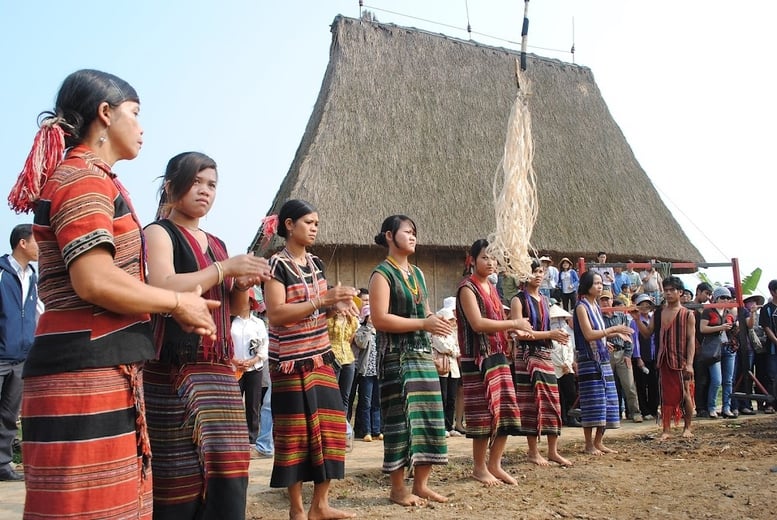
Brau people perform housewarming ceremony
Solving the problem of "skew" in poverty rates by locality
In the period of 2021-2025, according to Decision No. 1227/QD-TTg, the whole country has 14 ethnic groups with special difficulties living in 11 provinces. Except for the Brau ethnic group, the particularly difficult areas with 13 ethnic groups living in concentrated areas are all eligible to implement investment and support policies under Sub-project 1, Project 9 of the National Target Program 1719.
After 5 years of implementation, the results of poverty reduction among ethnic groups with specific difficulties are not uniform. According to data from the Ministry of Ethnic Minorities and Religions, by the end of 2024, 4/14 ethnic groups had a lower poverty rate compared to 2019, of which the La Ha ethnic group had the deepest reduction (26%); but 9 ethnic groups had an increased poverty rate, the highest being the Lu ethnic group (up 12%). Even within the same ethnic group, in different areas, the results of poverty reduction are also different.
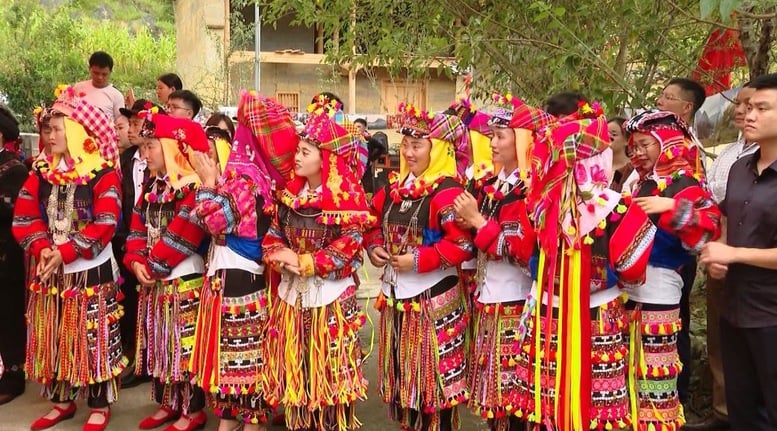
The poverty rate of the Lo Lo ethnic group is 41.9%
Lo Lo is one of 14 ethnic groups with specific difficulties, living concentrated in 02 provinces: Cao Bang and Ha Giang. According to the report of the Ministry of Ethnic Minorities and Religions, by the end of 2024, the Lo Lo ethnic group in Ha Giang had 399 households, of which 94 were poor, accounting for 23.6%; Cao Bang province had 534 households, of which 297 were poor, accounting for 55.6% (the overall poverty rate of the Lo Lo ethnic group is 41.9%).
Even in the same province, the areas where the Lo Lo ethnic group resides in concentration also have uneven socio-economic development. In Cao Bang, there are currently 9 hamlets in 3 communes where the Lo Lo ethnic group resides in concentration, approved by the Provincial People's Council in Resolution No. 62/NQ-HDND dated October 10, 2025.
However, the current life of the Lo Lo people in 9 hamlets also has a rather large "gap". While the remaining 8 hamlets are very difficult, in Khuoi Khon hamlet (Hung Dao commune), home to 61 Lo Lo households, there are currently only 10 poor households.
According to Mr. Nong Quoc Khoi, Deputy Director of the Department of Ethnic Minorities and Religions of Cao Bang province, with the advantage of beautiful landscapes and invested infrastructure, the Lo Lo people in Khuoi Khon have exploited their traditional cultural identity and developed community tourism. In other hamlets, the natural conditions are more difficult and the journey to poverty reduction is also more thorny.
Looking at Lo Lo Chai village (Lung Cu commune, Tuyen Quang province), where 99 Lo Lo ethnic households live together, we can see more clearly the "gap" in the socio-economic development of the Lo Lo ethnic group. According to Mr. Tran Duc Chung, Chairman of Lung Cu commune People's Committee, the poverty rate of Lo Lo Chai village has decreased to below 10% in 2024, and it is expected that by the end of 2025 there will be only 2 poor households; the average income per capita in 2024 of the village will reach 46 million VND.
Not only Lo Lo but also ethnic groups with specific difficulties, depending on their living areas, are "different" in terms of poverty rates. For example, the Sila ethnic group in Lai Chau has a poverty rate of 29.9%, but in Dien Bien it is 58.7%; the Bo Y ethnic group in Tuyen Quang has a poverty rate of 16.2%, but in Lao Cai it is 28.2%;...
In particular, the Chut is one of two ethnic groups with specific difficulties that have a deep poverty reduction rate in the period 2019-2024 (down 16%), but between the areas where the Chut ethnic group lives in concentration, the poverty reduction results are not the same. In Dak Lak, the poverty rate of the Chut ethnic group is 12%; in Ha Tinh it is 46.7%; in Quang Tri it is 54.1%.

The Chut ethnic group is one of the ethnic minorities in Vietnam.
Ensure decentralization and delegation of authority during the review process
The "gap" in poverty rates between ethnic groups and within an ethnic group living in a different area is not just a matter of numbers, but will determine the effectiveness of investment policies for the 2026-2030 period. Policies are only effective when built on the foundation of accurate identification, and investments are only "right" when they come from a correct understanding of the difficulties of each ethnic group and each region.
According to Mr. Phi Manh Thang, Director of the Legal Department (Ministry of Ethnic Minorities and Religions), identifying ethnic groups with specific difficulties is one of the decisive factors to ensure the completion of the objectives of the National Target Program 1719 for the entire period. The implementation principle is to prioritize ethnic groups with many difficulties and specific difficulties in the period 2026-2030.
To ensure this principle, especially in the two-level local government model, the regulations on decentralization and delegation of power in the field of ethnic affairs according to Decree No. 124/2025/ND-CP need to be thoroughly implemented. According to Mr. Phi Manh Thang, in Decree No. 124/2025/ND-CP, the Ministry of Ethnic Minorities and Religions has cut 78/108 administrative procedures, reaching a rate of 72.2%, far exceeding the minimum target of 30% set by the Government.
The identification of ethnic groups with special difficulties and ethnic groups with many difficulties in the period 2026-2030 in Decree No. 255/2025/ND-CP is also clearly decentralized and delegated. Accordingly, the commune level is responsible for the accuracy of the records of reviewing ethnic groups with special difficulties and ethnic groups with many difficulties; the provincial level is fully responsible for the consolidated data.
After receiving the local dossier, the Minister of Ethnic Minorities and Religions shall direct the review, synthesis and issuance of a Decision approving the list of ethnic groups facing many difficulties and specific difficulties for the period 2026 - 2030 nationwide (the period 2021 - 2025 is under the authority of the Prime Minister).
Son Hao
Lesson 2: Specific quantification of population decline
Source: https://baochinhphu.vn/nghi-dinh-so-255-2025-nd-cp-dau-tu-trung-tu-nhan-dien-dung-kho-khan-dac-thu-bai-1-102251023103023483.htm




![[Photo] President Luong Cuong chaired the welcoming ceremony and held talks with United Nations Secretary-General Antonio Guterres](https://vphoto.vietnam.vn/thumb/1200x675/vietnam/resource/IMAGE/2025/10/24/1761304699186_ndo_br_1-jpg.webp)










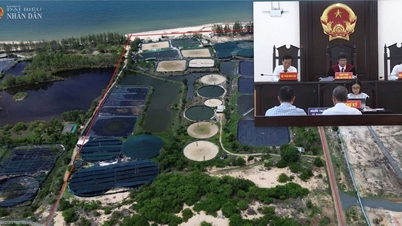
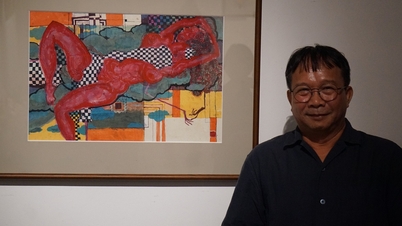











![[Photo] Prime Minister Pham Minh Chinh and South African President Matamela Cyril Ramaphosa attend the business forum](https://vphoto.vietnam.vn/thumb/1200x675/vietnam/resource/IMAGE/2025/10/24/1761302295638_dsc-0409-jpg.webp)






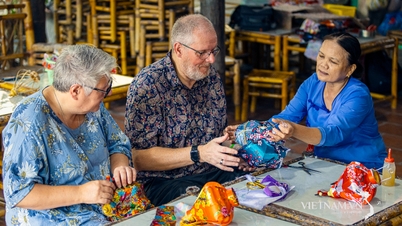




























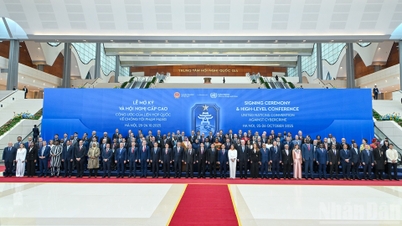


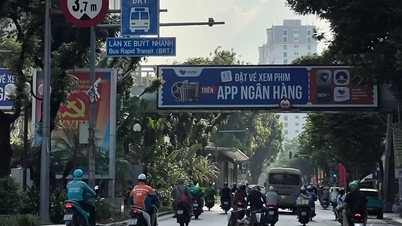



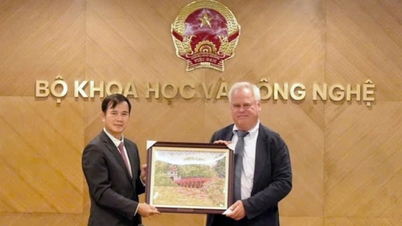











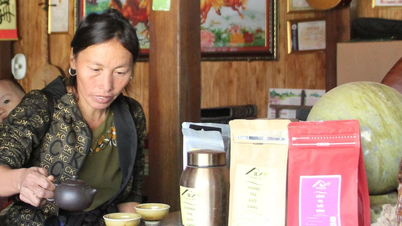

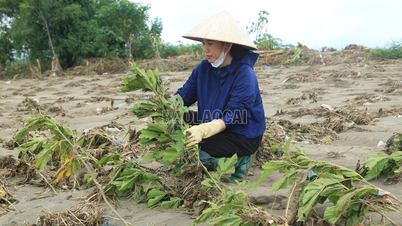
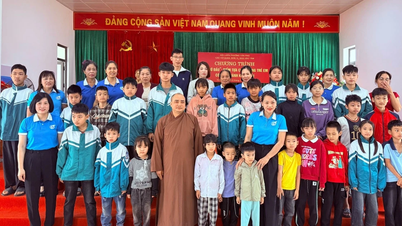
















Comment (0)